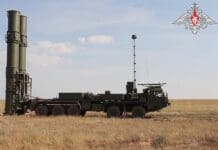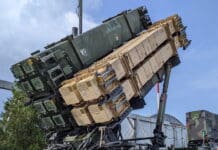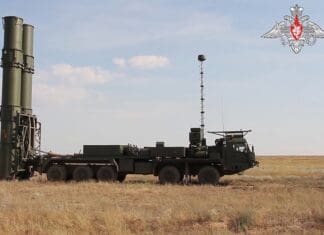
This post is also available in:
 עברית (Hebrew)
עברית (Hebrew)
In spite of the major decrease in civil aviation flights due to the COVID-19 pandemic, the US Department of Homeland Security has been supporting technologies concerning long security lines at airports, automation in procurement, and detection of smuggling routes.
The Center for Accelerating Operational Efficiency (CAOE) led by Arizona State University supports research and development efforts for the DHS. One of the technologies under development will help the Transportation Security Administration (TSA) better allocate resources and manpower to handle large queues of passengers at airport checkpoints. The technology will predict the arrival times of passengers at the airport then using this to feed into TSA officers’ scheduling so there is the right number of officers scheduled to the right gates at the right time to improve throughput.
When the COVID-19 pandemic hit the U.S. last year, the CAOE stepped in to assist (similar to other centers of excellence), influencing the city of Austin, Texas’ response to the virus.
One of their projects was about how we can optimally redeploy resources in the case of a disaster like a hurricane landing. We can transition a lot of these modeling activities to look at COVID.
The CAOE also used economic modeling to determine how COVID-19 and pandemic-focused policies would impact different sectors of the U.S. economy.
Looking ahead, the researchers are looking into subject areas like AI, ethics and algorithmic fairness due to DHS’ increasing reliance on biometric technology and facial recognition.

























